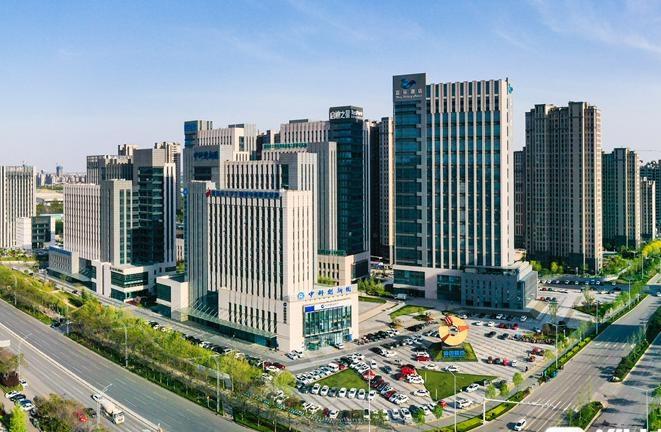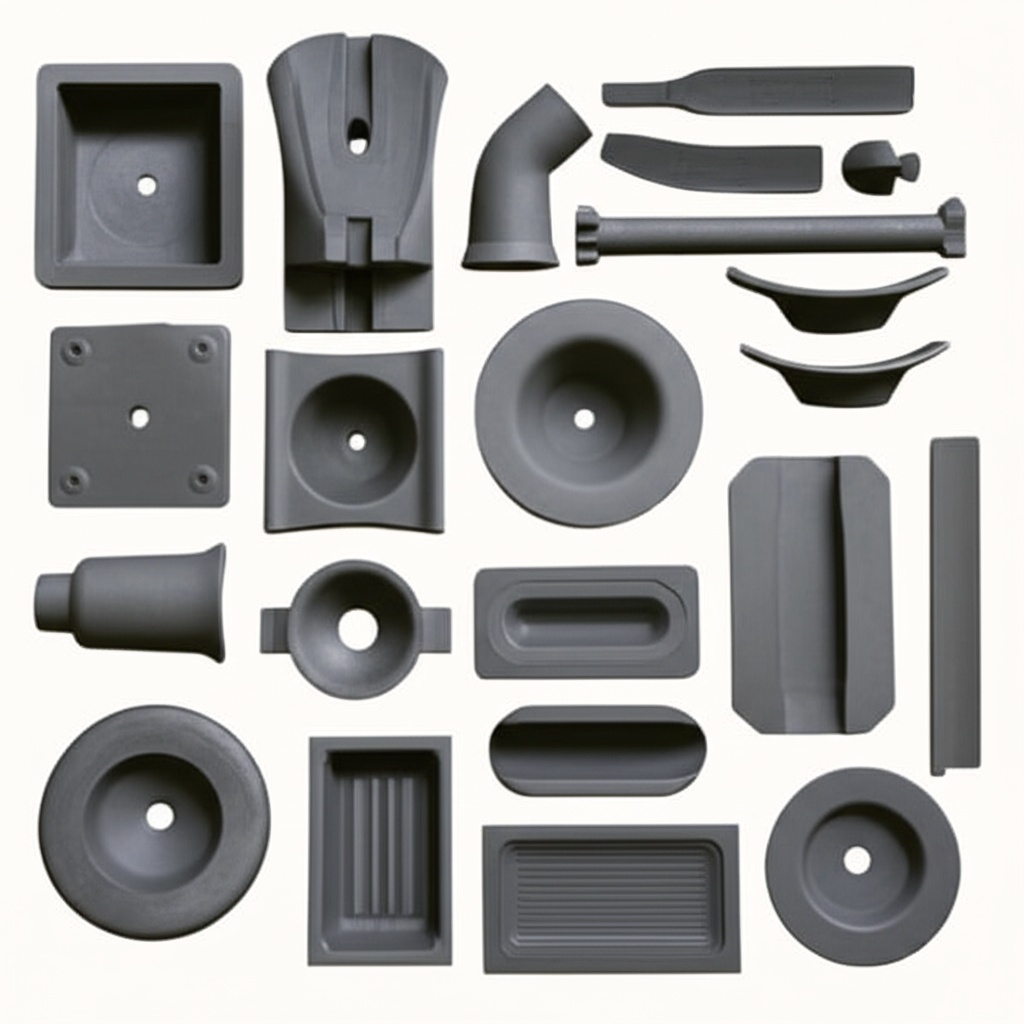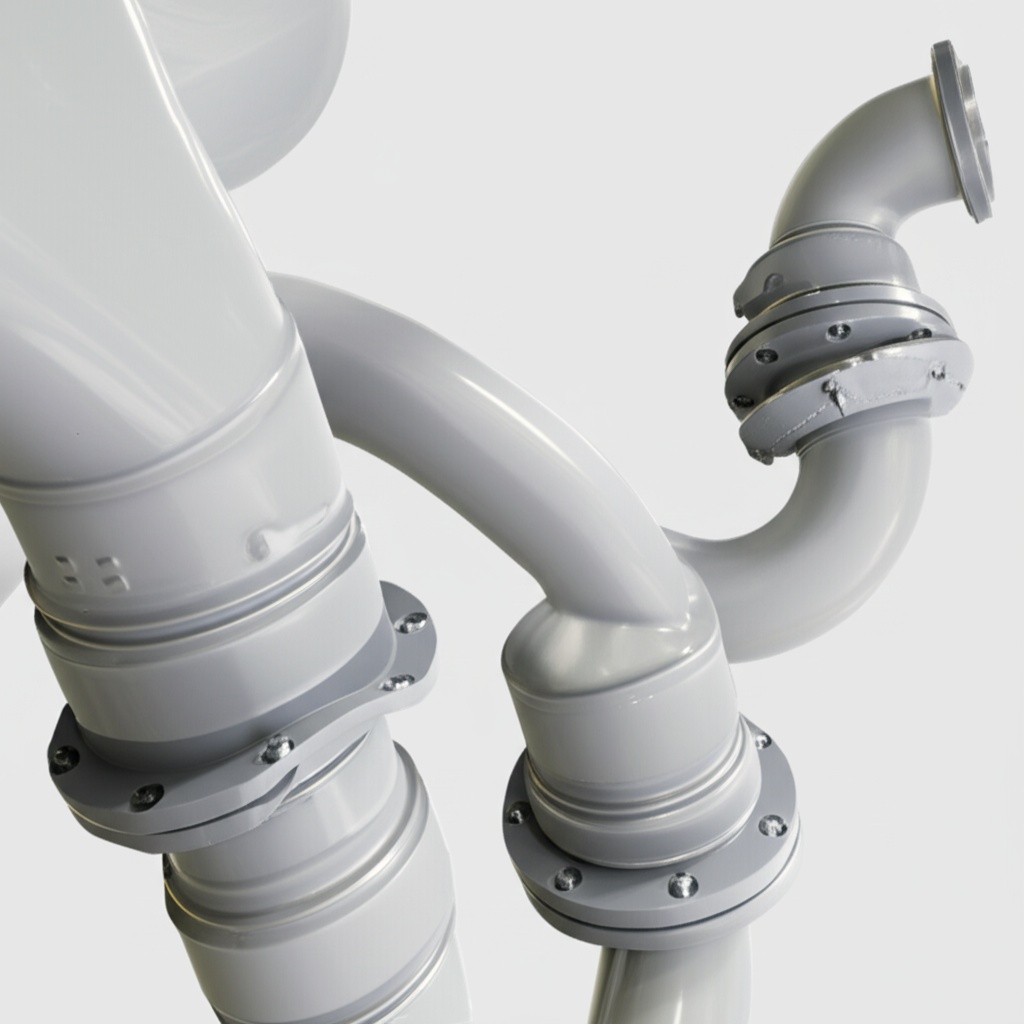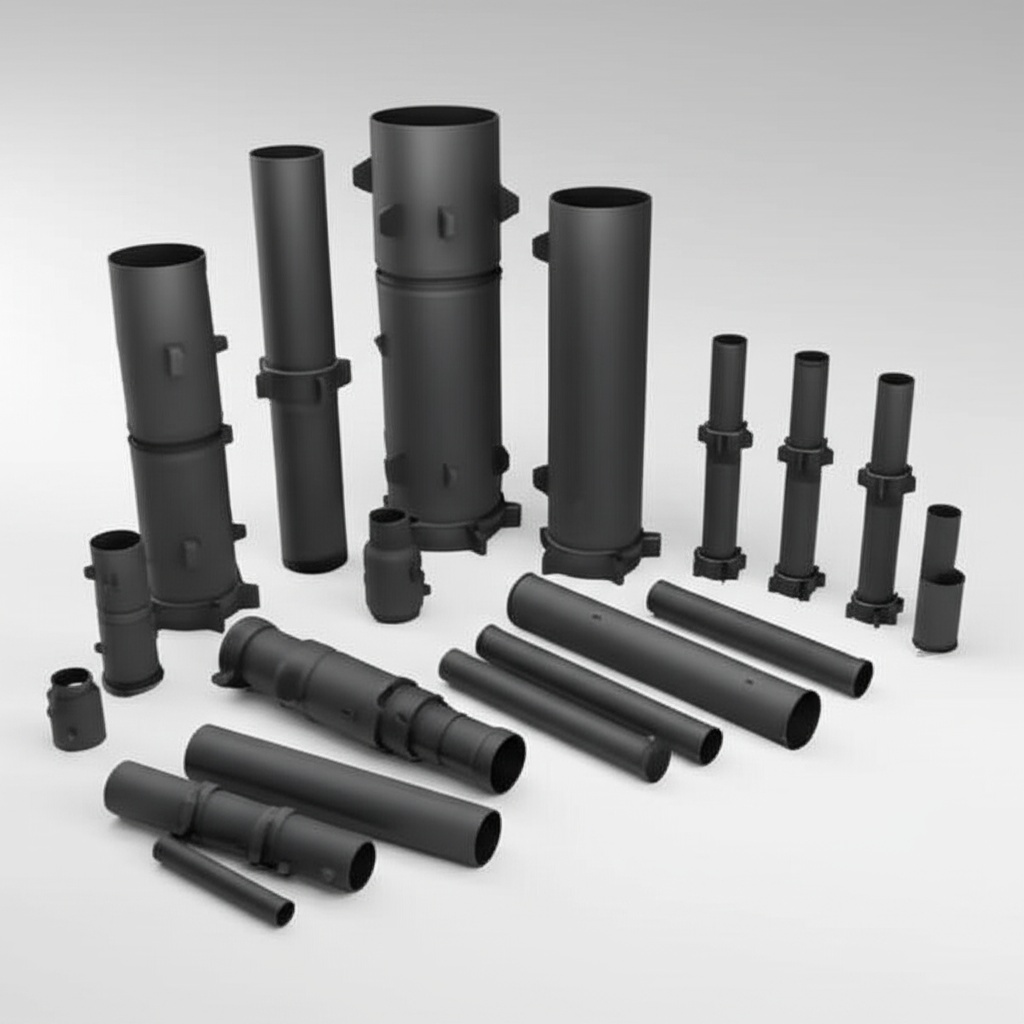Модули диодов Шоттки из карбида кремния для высокоэффективных ступеней КРМ и быстровосстанавливающегося фриулинга
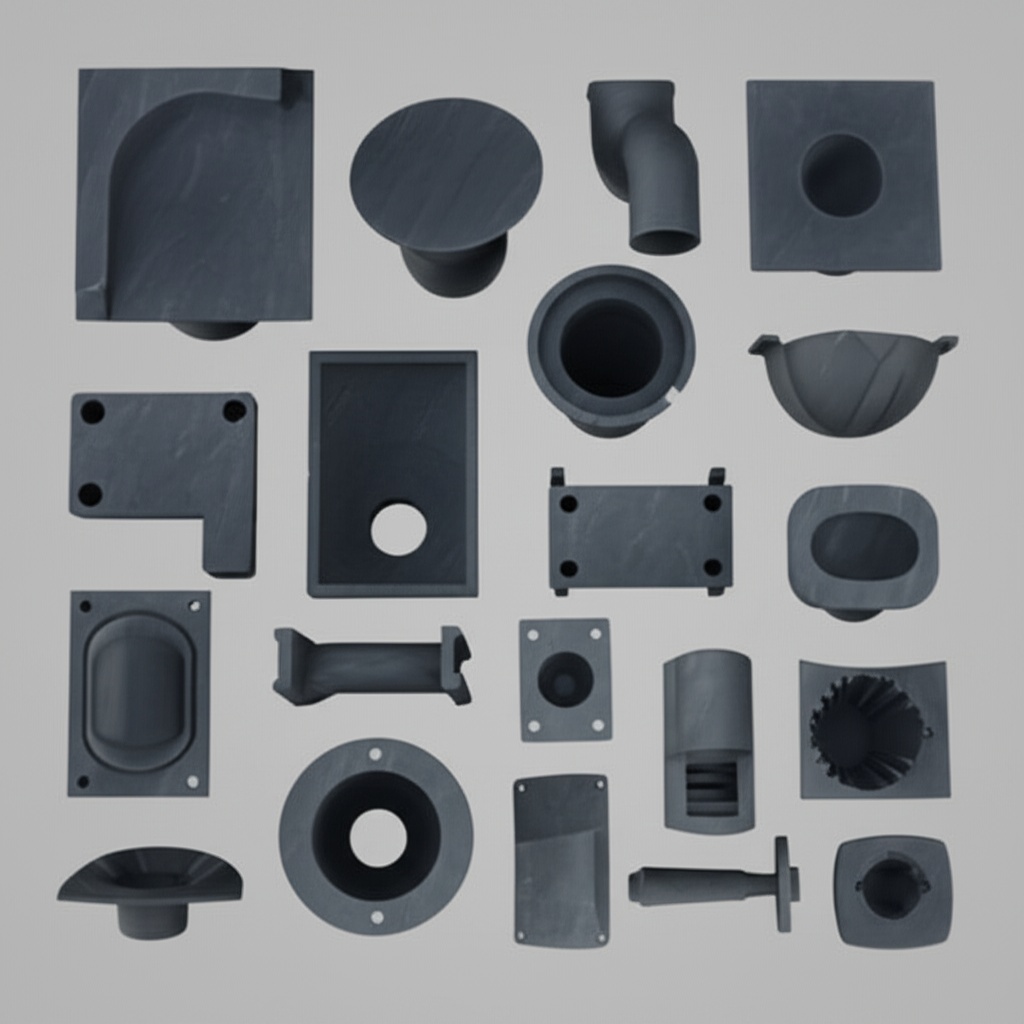
Поделиться
Обзор продукции и актуальность на рынке 2025 года
Модули диодов Шоттки из карбида кремния (SiC) обеспечивают сверхнизкий заряд обратного восстановления (Qrr ≈ 0) и высокую температуростойкость, что делает их предпочтительным выбором для коррекции коэффициента мощности (PFC) и быстродействующих путей свободного хода в высокоэффективных преобразователях. Для текстильной, цементной и сталелитейной промышленности Пакистана, где температура окружающей среды часто превышает 45°C, а воздействие пыли является обычным явлением, диоды SiC снижают потери при переключении, улучшают тепловые характеристики и повышают надежность системы в сетевых фотоэлектрических инверторах и промышленных приводах большой мощности.
В 2025 году межсоединения среднего напряжения на 11–33 кВ масштабируются в промышленных парках и коммерческих объектах в южных регионах. Модули диодов Шоттки SiC повышают эффективность PFC на переднем плане, снижают нагрев в замкнутых помещениях инверторов и позволяют использовать более высокие частоты переключения (50–150 кГц), что уменьшает размеры магнитных компонентов и фильтров. Эти преимущества приводят к:
- Повышение эффективности с 96,5% (кремний) до ≥98,5% на уровне системы при использовании устройств SiC и оптимизированных драйверов затворов
- Увеличение плотности мощности до 2 раз и снижение объема охлаждения примерно на 40%
- Увеличение MTBF до 200 000 часов в жарких и пыльных условиях
Эти характеристики поддерживают более низкую LCOE для PV, снижение OPEX в промышленных приводах и улучшение времени безотказной работы для критически важных процессов в производственных кластерах Пакистана.

Технические характеристики и расширенные функции
- Номинальные напряжения: классы 600 В, 650 В, 1200 В, 1700 В для PFC, повышения и свободного хода
- Номинальные токи: 20–300 А на модуль (поддерживается масштабирование и параллельное включение в зависимости от области применения)
- Обратное восстановление: Почти нулевой Qrr, минимизирующий потери при переключении и электромагнитные помехи
- Прямое напряжение (типовое): 1,3–1,7 В при номинальном токе, оптимизировано для эффективности при повышенной температуре
- Температура перехода: от -40°C до +175°C, работа с надежным температурным циклом
- Упаковка: подложки DBC (Si3N4/AlN) с низкой индуктивностью, соединения Кельвина для точного измерения тока
- Тепловые характеристики: низкий Rth(j-c) для уменьшения размера радиатора; совместимость с воздушным или жидкостным охлаждением
- Надежность: Квалифицирован для циклической нагрузки и теплового удара; поддерживает длительную работу в пыльных условиях с высокой температурой
- Поддержка соответствия: Облегчает снижение THD на передних концах PFC и улучшает параметры ЭМС при более высоких частотах переключения
Высокоэффективные PFC и свободный ход: SiC против кремниевых диодов
Преимущества производительности модулей диодов Шоттки SiC в промышленных и PV-системах
| Критерий | Модули диодов Шоттки SiC | Кремниевые ультрабыстрые/FRD-диоды |
|---|---|---|
| Заряд обратного восстановления (Qrr) | Почти нулевой (минимальное обратное восстановление) | Высокий Qrr, вызывающий потери и электромагнитные помехи |
| Частота переключения | 50–150 кГц возможно | Обычно ограничено более низкими кГц |
| Влияние на эффективность в PFC | Значительное снижение потерь при переключении/проводимости | Более высокие потери, более горячая работа |
| Тепловой запас | Надежно работает до +175°C | Более низкие температурные пределы |
| Размер радиатора/охлаждения | Возможно снижение примерно на 40% | Требуется большее охлаждение |
| Характеристики ЭМС | Меньшее звон, вызванный di/dt | Больший выброс и шум |
| Срок службы в суровых условиях | Увеличенный MTBF до 200 000 часов | Короче при тепловом/пылевом воздействии |
Ключевые преимущества и проверенные выгоды с цитатой эксперта
- Сверхнизкие потери при переключении: незначительное обратное восстановление SiC снижает нагрузку на включение дополнительного переключателя, снижая нагрев и увеличивая срок службы устройства.
- Стабильность при высокой температуре: Поддерживает производительность при повышенных температурах перехода, распространенных на промышленных объектах Пакистана.
- Компактная тепловая конструкция: Меньшие потери позволяют использовать радиаторы меньшего размера или пластины с жидкостным охлаждением, уменьшая объем и вес шкафа.
- Лучшее поведение ЭМС: Уменьшенный ток обратного восстановления ограничивает выброс и звон, упрощая конструкцию фильтра и соответствие требованиям.
Экспертный взгляд:
«Широкозонные устройства, такие как карбид кремния, коренным образом изменяют конструкцию преобразователя, сводя к минимуму потери на восстановление, обеспечивая более высокие частоты переключения и меньшие пассивные компоненты». — Публикации и материалы конференций IEEE Power Electronics (ieee.org)
Реальные области применения и измеримые истории успеха
- Каскады PFC на переднем плане PV (промышленные парки, южный Пакистан): Замена кремниевых диодов FRD на модули Шоттки SiC 1200 В увеличила эффективность каскада PFC на 1,0–1,5 процентных пункта и позволила уменьшить массу радиатора на 30–40%. Результат: общая эффективность инвертора ≥98,5% и улучшенная термическая стабильность в пиковые летние периоды.
- Выпрямители VFD для текстиля (Пенджаб и Синд): Пути свободного хода SiC в каскадах активного выпрямителя снижают скачки переключения и тепловые точки, уменьшая тепловые отключения на высокоскоростных ткацких станках и увеличивая время безотказной работы в пиковые часы.
- Вспомогательные приводы цементного завода: Диоды SiC в режимах повышения и свободного хода в пыльных электротехнических помещениях поддерживали низкие температуры перехода и увеличивали интервалы между техническим обслуживанием для очистки фильтров.
Вопросы выбора и обслуживания
- Выбор напряжения и тока: Выберите класс 1200 В для шин постоянного тока 600–800 В, распространенных в PV и промышленных приводах; 1700 В для более высоких запасов по постоянному току или многоуровневых топологий.
- Тепловая конструкция: Рассчитайте Rth(j-a) с учетом реалистичных факторов окружающей среды (45–50°C) и нагрузки пылью. Рассмотрите возможность использования пластин с жидкостным охлаждением в герметичных шкафах для предотвращения засорения.
- Параллельное включение и компоновка: Используйте согласованные модули и шины с низкой индуктивностью; реализуйте симметричные компоновки для распределения тока.
- ЭМС и фильтрация: Используйте более высокую частоту переключения для уменьшения размеров L и C в PFC и выходных фильтрах. Проверьте соответствие местным целевым показателям THD для межсоединения MV.
- Профилактическое обслуживание: Контролируйте температуры NTC и градиенты от корпуса к окружающей среде; запланируйте мероприятия по борьбе с пылью в шкафу для сохранения производительности воздушного потока.
Факторы успеха в отрасли и отзывы клиентов
- Готовые к интеграции модули и подложки DBC упрощают модернизацию с FRD до SiC без полной переделки шкафов.
- Усовершенствования драйвера затвора в сочетании с диодами SiC снижают нагрузку на переключатели, продлевая срок службы системы.
Отзывы клиентов:
«Модернизация наших диодов PFC до SiC заметно снизила нагрев выпрямителя и стабилизировала работу во время волн тепла. Мы уменьшили размер нашего оборудования охлаждения и сразу же увидели повышение эффективности». — Руководитель электротехнического отдела, текстильное предприятие в районе Карачи
Будущие инновации и тенденции рынка
- Модули с более высокой плотностью тока с улучшенной спеченной связью и теплопроводностью подложки
- Совместно упакованные решения, сочетающие диоды SiC с MOSFET для минимальной индуктивности контура
- Модели цифровых двойников для прогнозирования температуры перехода и срока службы для поддержки профилактического обслуживания
- Расширение возможностей местной упаковки и тестирования для поддержки роста инверторов среднего напряжения в Пакистане
Часто задаваемые вопросы и ответы экспертов
- Почему следует выбирать SiC Schottky вместо кремниевых FRD в каскадах PFC?
Почти нулевое обратное восстановление резко снижает потери при переключении и электромагнитные помехи, обеспечивая более высокую частоту и меньшие пассивные компоненты, повышая общую эффективность и размер преобразователя. - Могут ли диоды SiC работать в промышленных условиях при температуре 45°C+?
Да. Благодаря способности перехода до +175°C и упаковке с низким Rth модули SiC работают с уменьшенным снижением номинальных характеристик в жарких и пыльных условиях при использовании соответствующего охлаждения. - Какие типичные улучшения эффективности на уровне системы?
Улучшения каскада PFC на 1,0–1,5 процентных пункта являются обычным явлением, способствуя эффективности системы ≥98,5% при сочетании с переключателями SiC и оптимизированным управлением. - Существуют ли конкретные номинальные значения для межсоединений 11–33 кВ?
Используйте модули диодов SiC 1200 В или 1700 В в каскадах преобразователя многоуровневых топологий. Они помогают соответствовать требованиям THD и ЭМС для межсоединения на уровне распределения. - Как диоды SiC влияют на техническое обслуживание?
Более низкое тепловыделение и лучшее поведение ЭМС снижают нагрузку на компоненты, увеличивая интервалы обслуживания и способствуя улучшению MTBF до 200 000 часов.
Почему это решение работает для ваших операций
Модули диодов Шоттки SiC решают основные проблемы Пакистана — высокую температуру окружающей среды, пыль и ограниченное пространство в электротехнических помещениях — снижая нагрев, обеспечивая более высокие частоты переключения и упрощая соблюдение ожиданий в отношении качества электроэнергии. Результатом являются измеримые улучшения эффективности
Свяжитесь со специалистами для получения индивидуальных решений
Ускорьте свой переход к высокоэффективным передним контурам и надежным путям свободного хода с партнером, предлагающим:
- Более 10 лет опыта производства карбида кремния и проверенная инженерия применения
- Поддержка инноваций в ведущей исследовательской экосистеме
- Разработка продукции по заказу для материалов и корпусов R-SiC, SSiC, RBSiC и SiSiC
- Услуги по передаче технологий и созданию заводов — от технико-экономического обоснования до ввода в эксплуатацию
- Комплексные решения, охватывающие материалы, устройства, корпуса, тестирование и интеграцию
- Рекорд успешных результатов с 19+ предприятиями
Запросите бесплатную консультацию и индивидуальное техническое предложение сегодня:
- Электронная почта: [email protected]
- Телефон/WhatsApp: +86 133 6536 0038
Метаданные статьи
Последнее обновление: 2025-09-10
Следующее запланированное обновление: 2026-01-15

About the Author: Sicarb Tech
We provide clear and reliable insights into silicon carbide materials, component manufacturing, application technologies, and global market trends. Our content reflects industry expertise, practical experience, and a commitment to helping readers understand the evolving SiC landscape.
